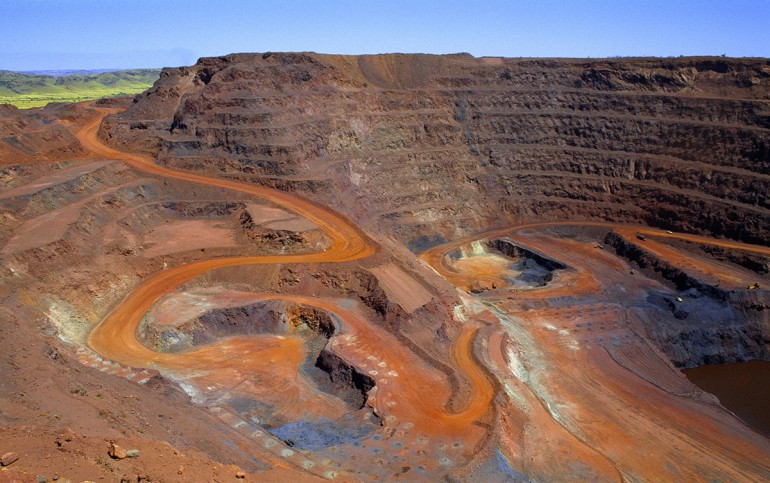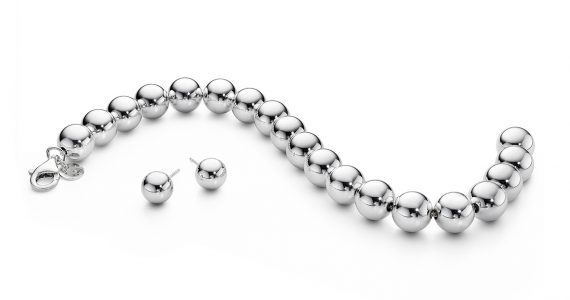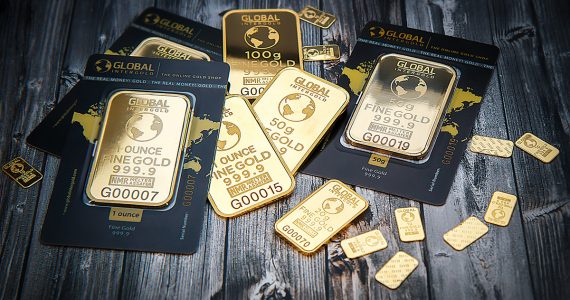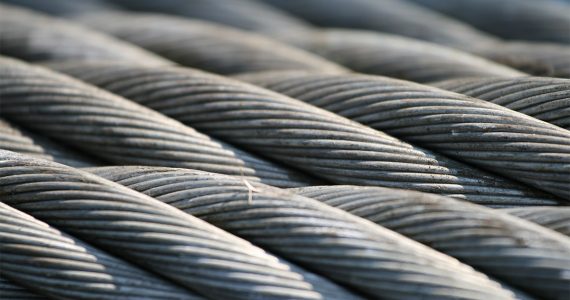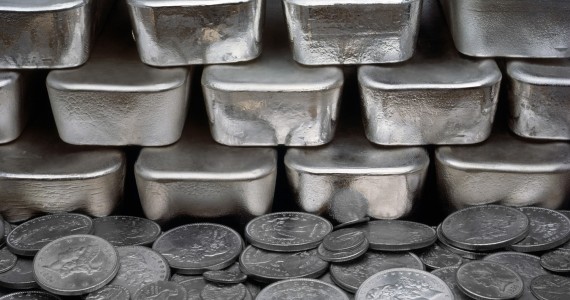The two largest iron ore exporters in the world are set to add 100 million metric tons each in supply, all the way up to the end of the decade. That’s about 200 million metric tons of iron ore supply until 2020 from Brazil and Australia alone, according to Citigroup Inc. This move will boost a global glut and hurt prices in a slump.
This year, renewed losses have been predicted for iron ore. However, these predictions have been confounded because iron ore has so far rallied in 2016. The prospects for rising output are now becoming very real, led by the world’s top suppliers.
From Brazil, shipments this year amount to 371 million tons. By 2020, this is set to expand to 480 million tons. Brazil’s Vale SA is also about to start a four-year ramp-up campaign for its S11D project.
On the other hand, Australia currently ships around 835 million tons. By 2020, Australian cargoes are expected to rise to 934 million tons. Citigroup estimates that these new numbers from Brazil and Australia are set to lift this year’s 20-million-ton surplus to 56 million tons in 2018, before curtailments brought about by price will bring the balance back to the global market.
“We expect iron ore prices to find some support in the next one to two months, but should face strong headwinds thereafter through 2017,” says the report by Citigroup analysts, including Ed Morse.
Supply and Demand
With this significant expansion of iron ore supply expected, restarted capacity will become a swing factor. And with so much more supply expected from the top exporters of iron ore, futures show that iron ore is set to tumble.
The price of iron is currently at $43.72 per metric ton, which is the lowest annual price since the $61.57 of 2008. If you look at the historical price of iron ore, you will see that it used to be very cheap, with figures ranging from $10-$15 for most of the 1980s, 1990s, and even until the early 2000’s. The price of iron ore started climbing in 2005, steadily rising until it reached its peak in 2011, at $167.79. Since then, the price has been steadily declining. This 2016, the price has tumbled to less than a quarter of its peak.
When trying to understand what could explain the shifts in price, we can take a look at the law of supply and demand. The years when iron prices soared were also the years when China’s rapid urbanization took off. China needed to import massive quantities of iron ore to produce all the steel that it needed to build skyscrapers, factories, highways, and other structures. This new demand from China fueled soaring prices and also the cutthroat race to meet their needs.
While the market was soaring, the biggest producers of iron (such as Brazil and America) went ahead with planned expansions. Someone had to supply the iron, and China’s unprecedented economic growth changed the whole supply and demand landscape. However, China’s economic growth started to slow down, and this is why the iron ore boom is looking more like a bust. Iron ore prices have now collapsed. This brings us to the present situation.
Why Iron Ore is Important
According to the International Monetary Fund, the iron ore market is at $225 billion – a figure that is larger than any other commodity in the world, except of course oil and gas. The Iron Age changed the face of the world, as civilizations started using iron for weapons, machinery, and many other things. When major deposits were uncovered in places like Australia, this brought about an era of commercial mining and industrialization.
Today, more than two-thirds of the iron ore supply in the world is consumed by China. China also produces around half of the world’s steel, so if we reach a situation when demand for steel inside the country has peaked, then we might be looking at a very serious case of oversupply. However, China is forecasted to dominate the global steel market well until 2020 and perhaps even beyond, as their state-owned and supported steel mills continue to offer their steel in world markets at low costs.
Looking at the prices of iron ore, it looks like it’s now returning to what it was historically before China’s boom. The global surplus is there, but the Citigroup forecast is that this will only start to shrink after 2018. By 2019, it will have shrunk to just 8 million tons, from the 56 million in 2018. This will be thanks to the forecasted price-induced curtailments of 150 million tons in 2018.
The iron ore market is more cutthroat than any other, with only the biggest producers surviving. However, the drop in prices actually benefit those that have a need for steel – construction companies and car manufacturers included.

